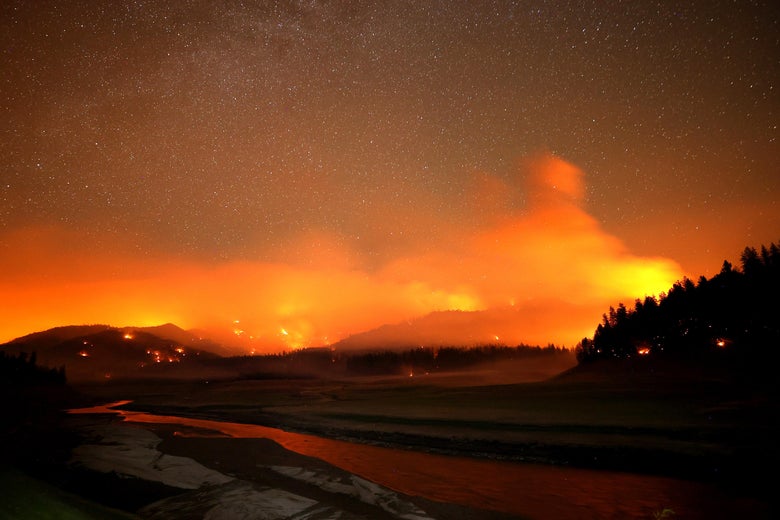
Why it’s in rich nations’ interests to fund climate finance
Alissa M. Kleinnijenhuis is a visiting assistant professor of climate finance at the Cornell SC Johnson College of Business at Cornell University in Ithaca, New York, and is affiliated with Imperial College London.
You can also search for this author in PubMed Google Scholar
As the Spanish city of Valencia recovers from devastating flash floods and southern US states mop up after two hurricanes in a month caused US$300 billion in damages, it’s clear that even the richest countries face immense costs from climate change. Those costs will only mount — unless carbon dioxide emissions are curbed worldwide.
That’s why negotiations this week at the 29th UN climate conference of the parties (COP29) in Baku are so important. Delegates must agree on the shape and scale of a system of climate finance that will help low- and middle-income countries (LMICs) to invest in decarbonization and cope with climate impacts. High-income countries (HICs), together with private donors, are expected to contribute the most — at least $2 trillion annually.
As a climate-finance scholar, I know that scale is the name of the game. There’s no time to wait. The Paris agreement’s limit of 1.5 °C of warming might be breached in the next 5 years if current emission rates continue. For each 0.1 °C that the planet warms above that threshold, damages will be amplified. Even a temporary overshoot is unsafe.





/cloudfront-us-east-2.images.arcpublishing.com/reuters/MZSYNATQCZJZZLYXHK2B3RFO6U.jpg)


/cdn.vox-cdn.com/uploads/chorus_asset/file/25721434/247377_AI_scam_albums_CVirginiaA.jpg)










